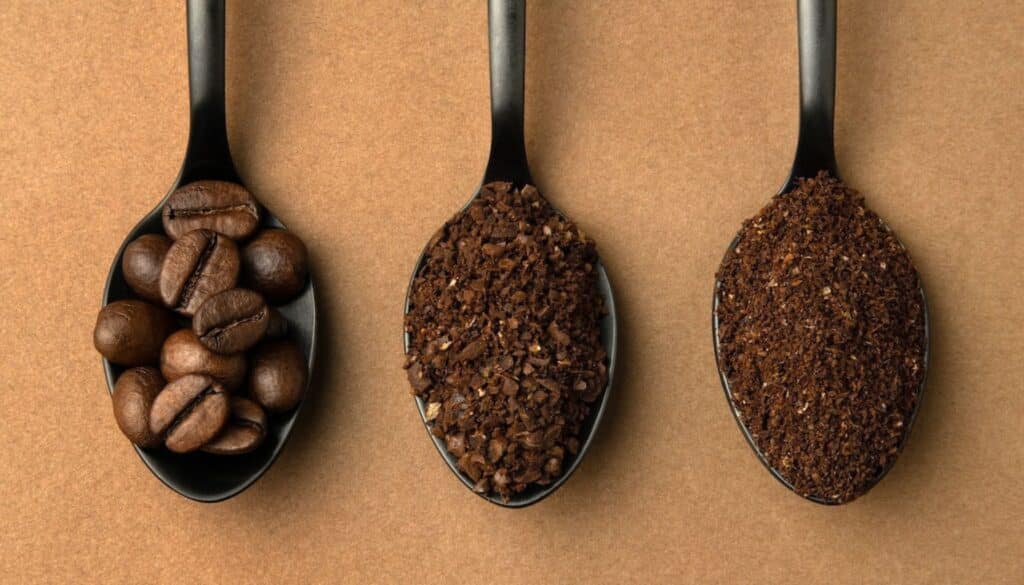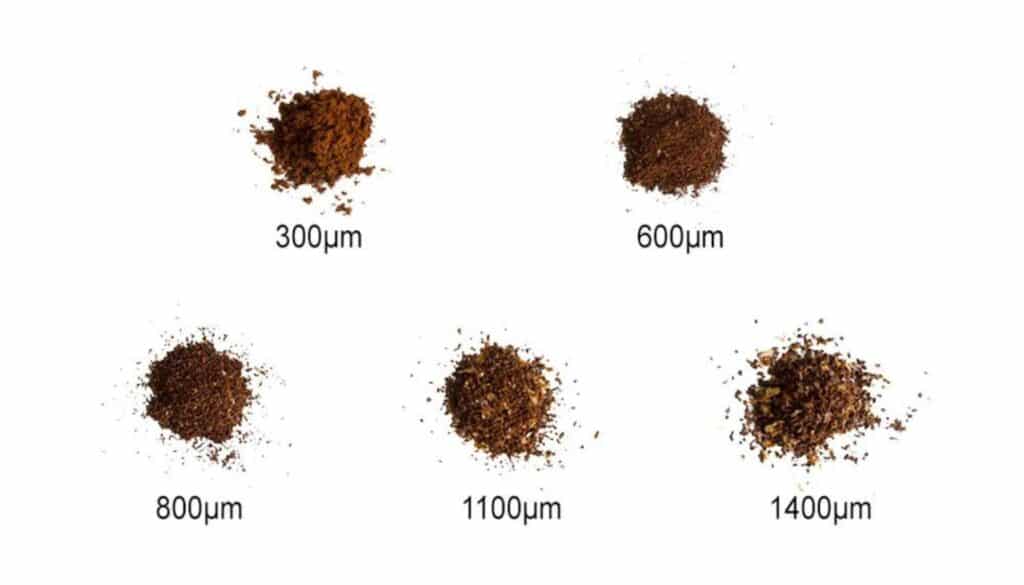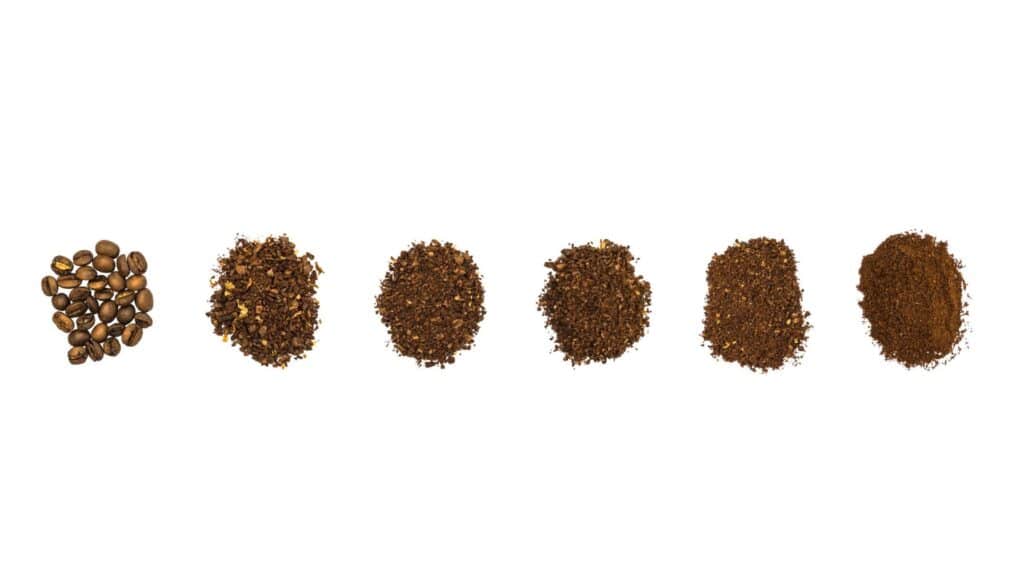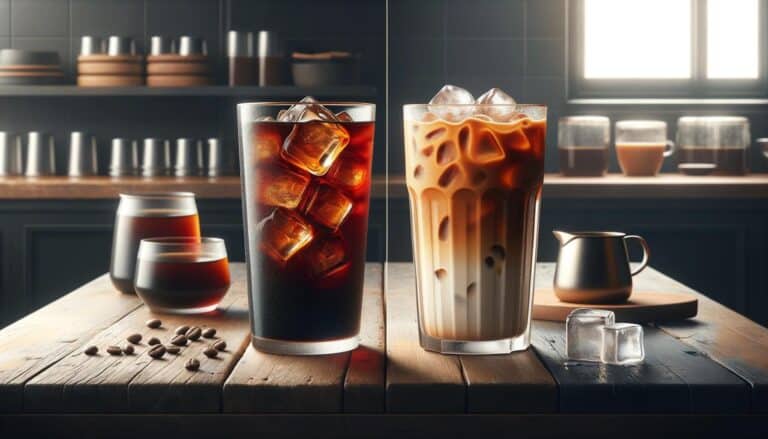When it comes to brewing the perfect cup of coffee, many factors play a crucial role in determining the final flavor profile—grind size being one of the most significant. Understanding the intricacies of coffee grind size can elevate your coffee experience from good to exceptional. Whether you are using a French press, an espresso machine, or a pour-over, the grind size will influence the extraction process, affecting everything from flavor balance to brew time. This guide delves deep into the importance of grind size, the impact of different grinders, and how to adjust your grind for various brewing methods.
Why Grind Size Matters
Grind size refers to the size of the individual coffee particles after grinding the beans. The size of these particles significantly impacts how quickly water can extract the flavor compounds from the coffee during brewing. A finer grind exposes more surface area to the water, leading to quicker extraction, while a coarser grind slows down the extraction process due to less surface area exposure.
The grind size is not a one-size-fits-all aspect of coffee brewing; it must be tailored to the specific brewing method you are using. For example, a fine grind is essential for espresso, which requires quick extraction under pressure, while a coarse grind is better suited for a French press, which relies on longer steeping times.

The Science Behind Coffee Extraction
Coffee brewing is essentially a chemical process where water extracts soluble compounds from coffee grounds. The key to a balanced cup lies in controlling the rate of extraction, which is heavily influenced by the grind size. Here’s how it works:
- Fine Grind: Creates more surface area, leading to faster extraction. This is ideal for methods like espresso, where water is pushed through the coffee quickly, requiring a fine grind to extract the rich flavors in a short time.
- Coarse Grind: Reduces the surface area, leading to slower extraction. This is perfect for brewing methods like French press or cold brew, where coffee grounds are steeped in water for an extended period.
Adjusting the grind size allows you to fine-tune your coffee’s flavor. If your coffee tastes too bitter, it might be over-extracted, indicating a need for a coarser grind. Conversely, if it’s too sour or weak, it’s likely under-extracted, suggesting a finer grind is necessary.
Understanding Grinders: Burr vs. Blade
The type of grinder you use can also significantly affect the consistency and quality of your grind. Coffee grinders generally fall into two categories: blade grinders and burr grinders.
- Blade Grinders: These are like small food processors with a blade that chops up the coffee beans. The grind size in a blade grinder is determined by how long you let the grinder run. However, blade grinders produce an inconsistent grind, with particles of varying sizes, which can lead to uneven extraction and a less balanced cup of coffee.
- Burr Grinders: These grinders crush the coffee beans between two burrs, which can be adjusted to produce a uniform grind size. Burr grinders come in two forms: conical and flat. They are preferred in the specialty coffee industry for their precision and consistency. A consistent grind size is crucial for achieving optimal extraction and flavor balance.
Matching Grind Size to Brewing Method

Different brewing methods require different grind sizes to optimize flavor and extraction. Here’s a breakdown of recommended grind sizes for some common brewing methods:
- Turkish Coffee (40-220 microns): Requires an extremely fine grind, almost to the point of being powdery. The fine grind ensures that the coffee particles are fully extracted during the brewing process, resulting in a rich, intense flavor.
- Espresso (180-380 microns): Needs a fine grind to create enough resistance for the high-pressure water to pass through, extracting a concentrated shot of coffee with a rich crema.
- Aeropress (320-960 microns): Offers a wide range for grind size, depending on your preferred brewing method and technique. It is versatile enough to use anywhere from a fine to a medium-coarse grind.
- French Press (690-1300 microns): Requires a coarse grind to prevent the coffee grounds from passing through the metal filter and into your cup. The coarser grind also complements the longer steeping time, resulting in a full-bodied brew.
- Cold Brew (800 microns and more): Demands a very coarse grind due to the extended brewing time and cold water used in the process. The coarser grind helps avoid over-extraction and a bitter flavor.
- Pour-Over (410-930 microns): Typically uses a medium grind. The grind size can be adjusted depending on the specific pour-over method you are using, such as a Chemex or V60, to control the extraction rate.
The Challenge of Consistency
Even with the correct grind size, achieving consistency can be challenging. Variations in grinders, the age of the burrs, and even slight changes in your brewing environment can impact the grind size and, consequently, the final cup of coffee. For instance, two grinders, even of the same model, might produce slightly different grind sizes due to variations in manufacturing or wear over time.
Moreover, comparing grind sizes can be subjective. Terms like “fine,” “medium,” and “coarse” are relative and can vary from one person to another. This variability makes it essential to calibrate your grinder and experiment with different settings to find the sweet spot that produces the best flavor for your taste.

Practical Tips for Adjusting Grind Size
To master the art of coffee brewing, you need to understand how to adjust your grind size based on the taste of your coffee. Here are some practical tips:
- Start with a standard grind size: Begin with the recommended grind size for your brewing method and make small adjustments based on taste.
- Taste your coffee: If your coffee is too bitter, try a coarser grind. If it’s too sour or weak, go finer.
- Consistency is key: Use a burr grinder for more uniform particles and consistent results. If using a blade grinder, grind in short bursts and shake the grinder to mix the grounds for a more even grind.
- Experiment: Don’t be afraid to play around with different grind sizes and brewing times to discover what works best for your palate.
Conclusion: Grind Size as the Key to Coffee Perfection
The journey to brewing the perfect cup of coffee is an ongoing process of experimentation and adjustment. Grind size plays a pivotal role in this process, influencing everything from extraction time to flavor balance. By understanding the science behind grind size and the tools at your disposal, you can take control of your coffee brewing and consistently produce a cup that satisfies your taste preferences.
Whether you’re brewing a strong shot of espresso, a smooth cold brew, or a robust French press, mastering grind size is essential to unlocking the full potential of your coffee beans. So, invest in a good burr grinder, take note of your grind settings, and start experimenting with different grind sizes today. The perfect cup of coffee is within your reach.
Frequently Asked Questions (FAQs)
Why is grind size important in coffee brewing?
Grind size determines how quickly water extracts flavors from coffee grounds, directly impacting the taste, strength, and balance of your brew.
What grind size should I use for espresso?
Espresso requires a fine grind, typically between 180-380 microns, to ensure proper extraction under high pressure and to create a rich crema.
Can I use the same grind size for all brewing methods?
No, different brewing methods require different grind sizes. For example, espresso needs a fine grind, while a French press requires a coarse grind.
What is the difference between a burr grinder and a blade grinder?
Burr grinders produce a consistent grind size by crushing beans between burrs, while blade grinders chop beans unevenly, resulting in a less uniform grind.
How do I adjust my grind size if my coffee tastes too bitter or too sour?
If your coffee is too bitter, try a coarser grind to reduce extraction. If it’s too sour, go for a finer grind to increase extraction.
Can I use a blade grinder to achieve a consistent grind size?
While you can use a blade grinder, it tends to produce inconsistent grind sizes, which can affect the flavor and quality of your coffee. A burr grinder is recommended for better consistency.
How does grind size affect the brewing time?
Finer grinds shorten brewing time due to quicker extraction, while coarser grinds extend brewing time because the extraction process is slower.
What grind size is best for French press coffee?
A coarse grind, usually between 690-1300 microns, is ideal for French press coffee to prevent grounds from seeping through the filter and to achieve a full-bodied brew.
Is there a universal standard for coffee grind size?
No, grind size can vary depending on the grinder, brewing method, and personal preference. It’s important to experiment and adjust to find what works best for you.
How often should I adjust my grind size?
You should adjust your grind size anytime you change brewing methods, switch to a new coffee bean, or notice changes in flavor that suggest over or under-extraction.






